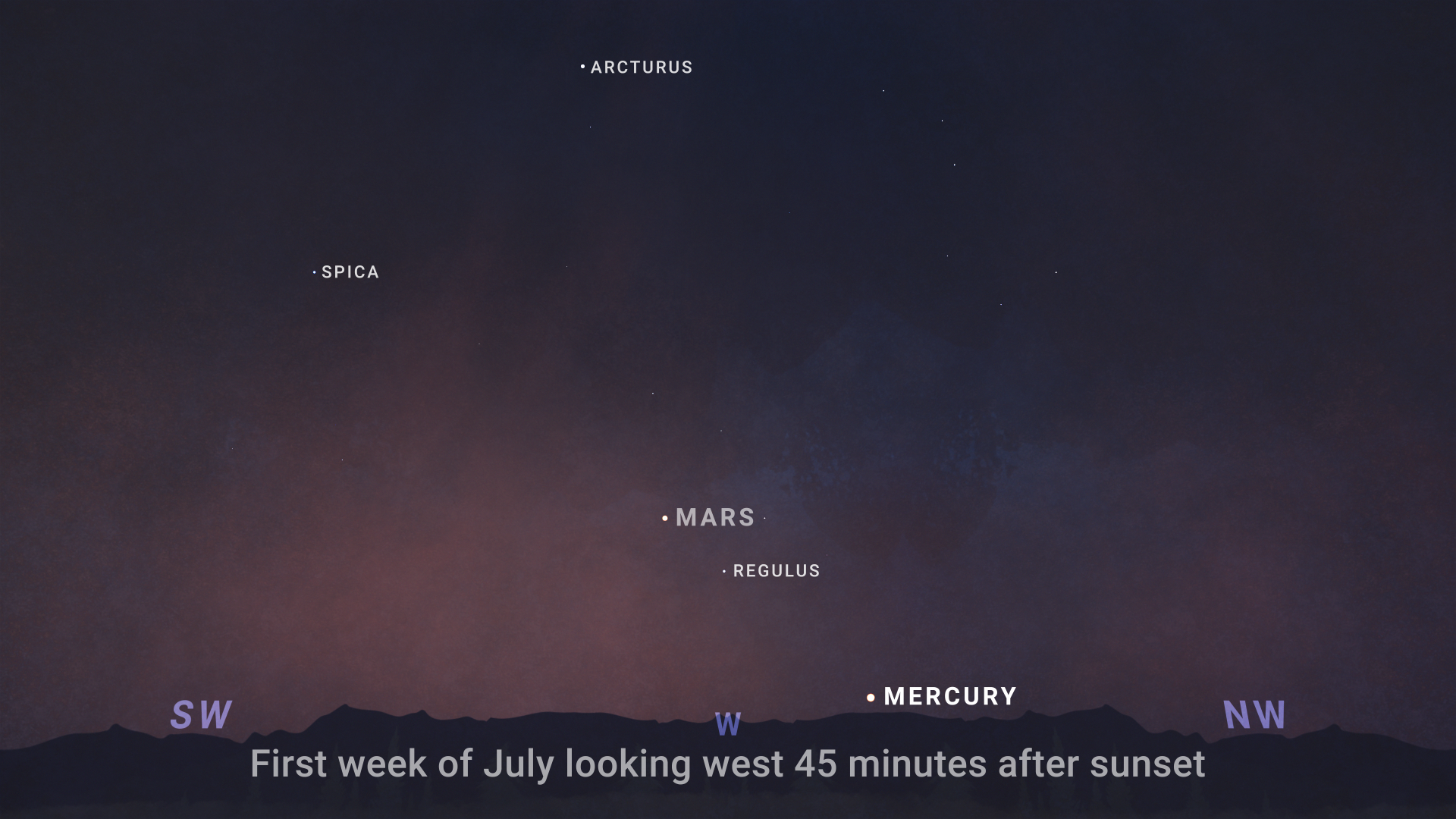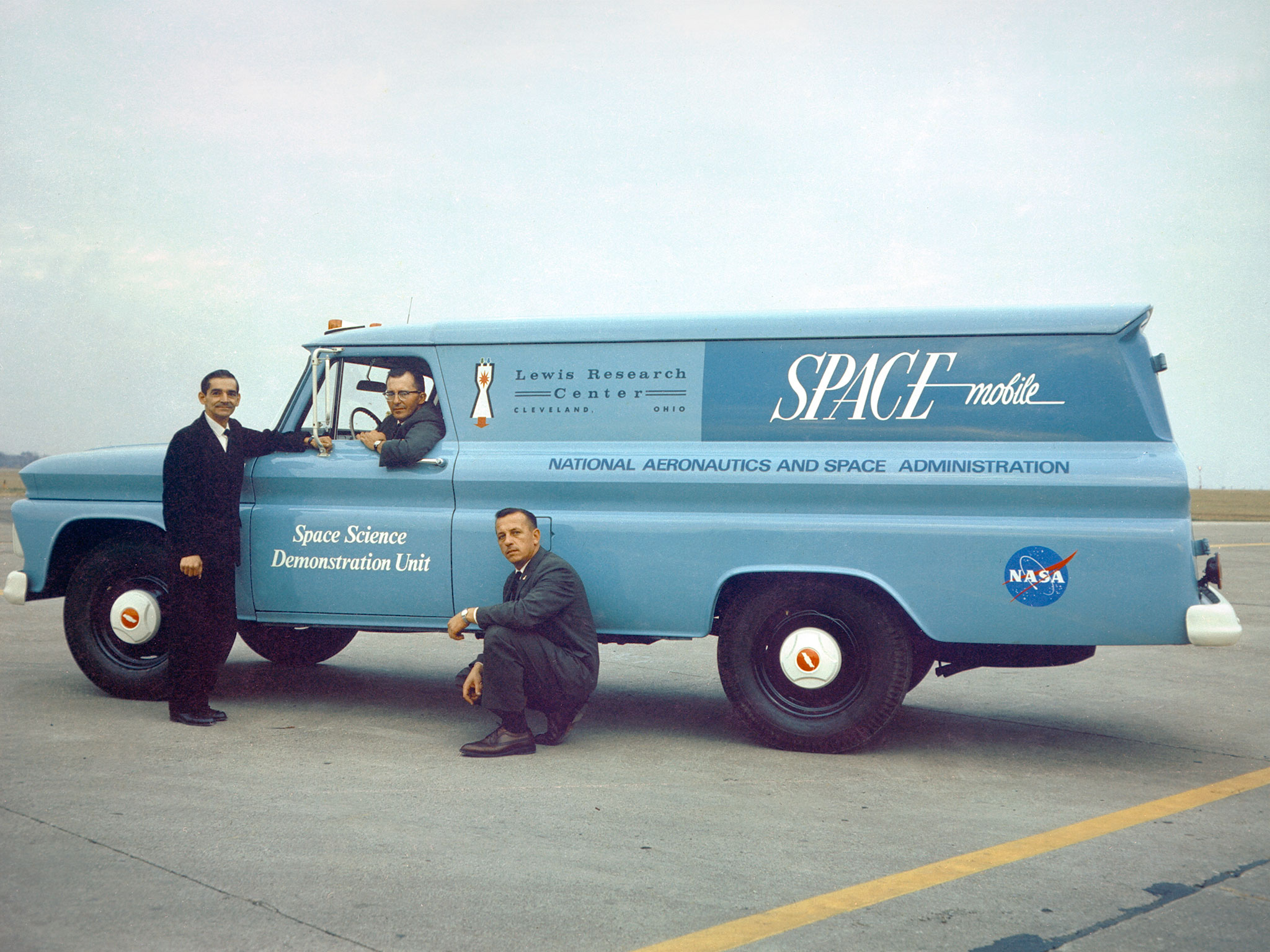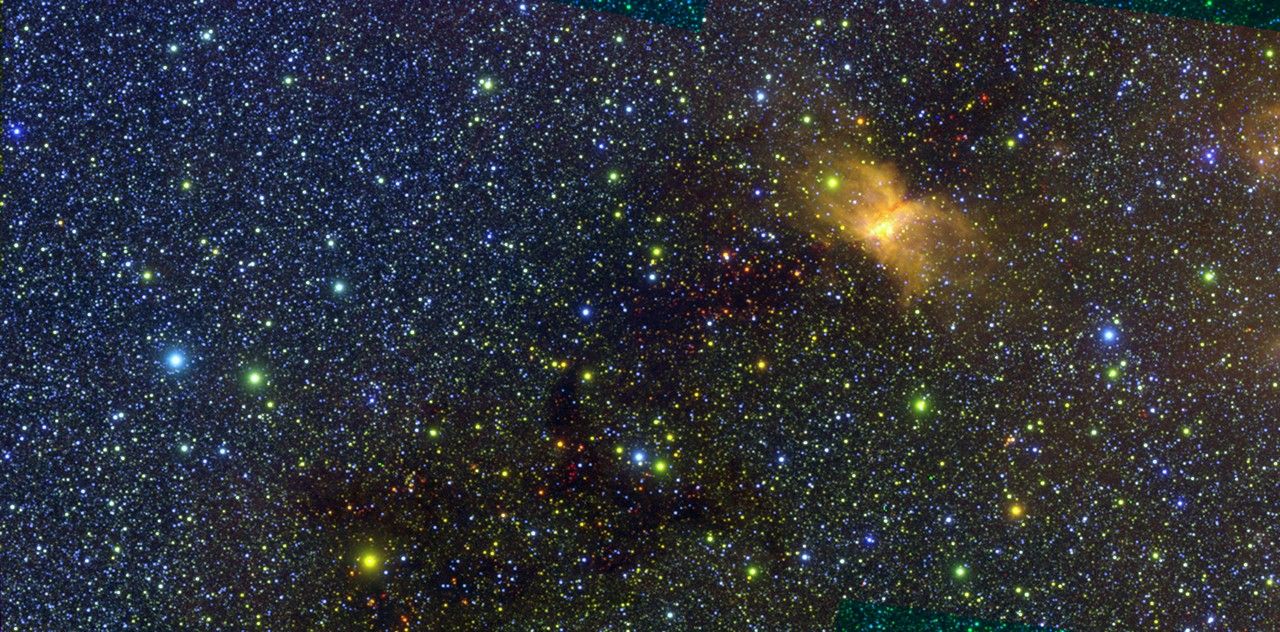Now Reading: July 2025 Skywatching Highlights from NASA
-
01
July 2025 Skywatching Highlights from NASA
July 2025 Skywatching Highlights from NASA

Quick Summary
- Planet Visibility:
– Venus: Luminous in the east before sunrise, accompanied by Pleiades, Aldebaran, and Capella.
– Mars: Visible in the west post-twilight for a couple of hours, dims as the month progresses.
– Jupiter: Shows up mid-July low in the east before sunrise and rises higher daily through August.
– Mercury: Briefly visible low in the west during early July (30-45 minutes after sunset).- Saturn: Rises around midnight and moves high southward by dawn.
- Highlights:
– July marks 60 years since NASA’s Mariner 4 spacecraft provided Mars’ first close-up images. It confirmed Mars’ thin atmosphere.
– Crescent Moon joins Venus and Jupiter on July 21-22 and appears alongside Mars on July 28.
- Constellation Aquila (The Eagle):
– Visible overhead during summer nights with Altair as its brightest star forming part of the Summer Triangle.
– Second half of July is ideal for observing due to reduced moonlight interference.
Indian Opinion Analysis
India’s growing interest in space exploration aligns well with stories like NASA’s anniversary of Mariner’s Mars flyby. The increasing accessibility of night sky observation-enabled by global efforts like digital skywatching guides-provides opportunities to promote astronomy awareness locally. As an example, visibility highlights such as Venus’ pairing with Jupiter could motivate outreach events among educational institutions or amateur astronomy groups across India.
Moreover, observing constellations like Aquila can foster cultural connections given its rich mythological background. With India’s burgeoning space research programs (e.g., ISRO initiatives), nurturing public interest through celestial events can indirectly support scientific literacy goals nationwide while inspiring future astronomers to contribute globally.


























